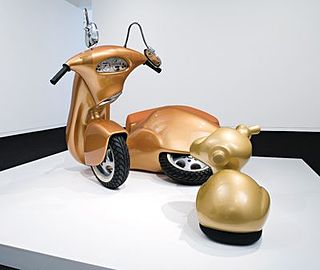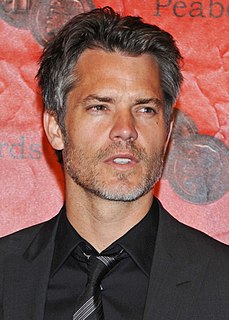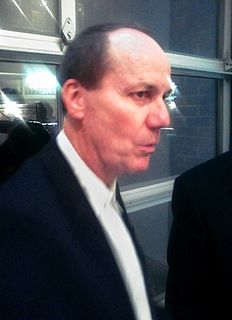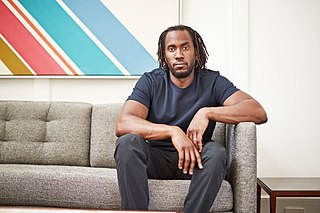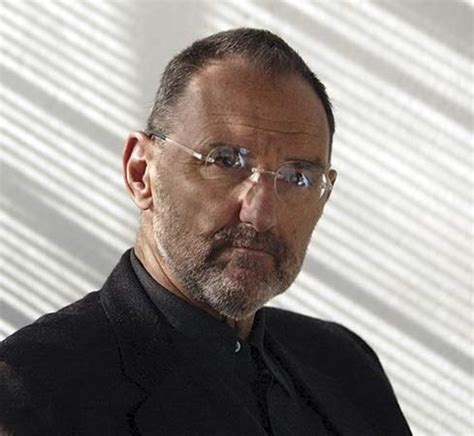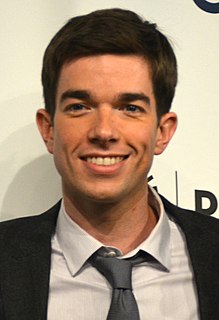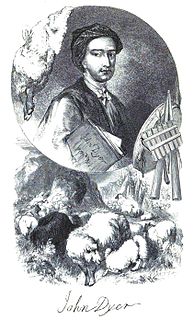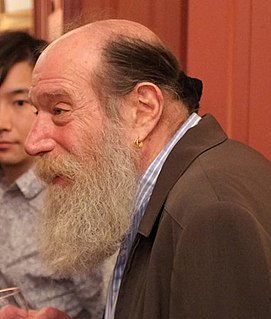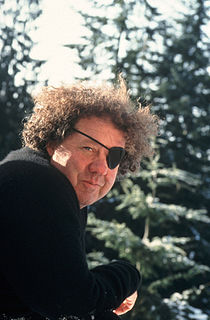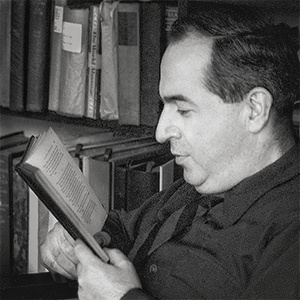A Quote by Patricia Piccinini
Most of the work I make uses materials that are a bit outside of the traditional fine art world.
Related Quotes
I was a Fine Art major. You do a bit of everything until the final year, when you specialise. I did pencil drawing and sculpture. It's a pretty well-rounded fine art education. I thought that it was viable option to make a living out of art. I'm not sure if I was thinking realistically; maybe I never was. But it had great appeal.
In most modern instances, interpretation amounts to the philistine refusal to leave the work of art alone. Real art has the capacity to make us nervous. By reducing the work of art to its content and then interpreting that, one tames the work of art. Interpretation makes art manageable, conformable.
Art is frightening. Art isn't pretty. Art isn't painting. Art isn't something you hang on the wall. Art is what we do when we're truly alive. An artist is someone who uses bravery, insight, creativity, and boldness to challenge the status quo. And an artist takes it (all of it, the work, the process, the feedback from those we seek to connect with) personally.
Glass is the most magical of all materials. It transmits light in a special way...Im pleased that my art appeals to so many people of all ages. As a parent and an artist, Im especially looking forward to leaving a legacy at The Childrens Museum, a place where I hope my work brings joy to children who visit from all over the world.
